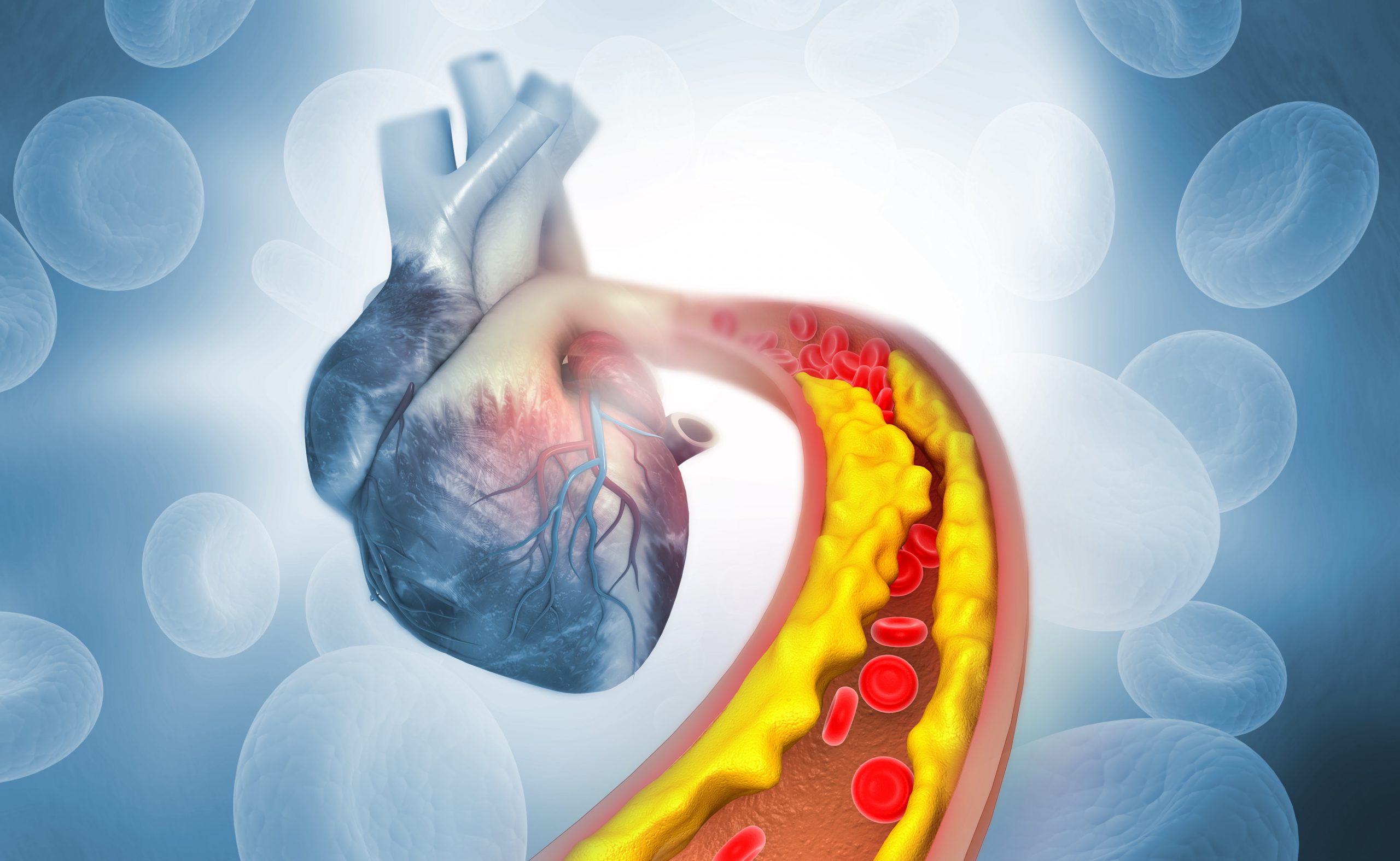Cholesterol

Cholesterol is a type of fat. There are two types: LDL and HDL.
Low-density lipoprotein (LDL)
LDL carries cholesterol from your liver to the cells. If there is too much it can build up in the artery walls, clogging your blood vessels and causing high blood pressure. For this reason, LDL cholesterol is known as ‘bad cholesterol’.
High-density lipoprotein (HDL)
HDL carries cholesterol away from the cells and back to the liver, where it is passed out of the body as a waste product. For this reason, it is referred to as ‘good cholesterol’ and higher levels are better.
Targets
The target for ‘Total Cholesterol’ for most people is less than 4 mmol/L. The amount will be measured when you get your bloods taken at your diabetes clinic.
Lowering cholesterol
If your cholesterol is high you should also look at your diet and cutting down on fatty foods such as red and processed meat, lard, pastries, cheese, butter, and other dairy products, and anything fried (although foods fried in olive oil are fine). You can speak to the dietician at your diabetes clinic for further information about what foods to avoid if you’re trying to reduce your cholesterol levels.
Treatment
Statins are a type of medicine that lower your cholesterol level and therefore reduce your risk of heart disease and strokes. All people with type 1 diabetes over the age of 40 should be offered statins. Some people may be offered these at a younger age if they are particularly high risk. You will be offered statins even if your cholesterol level is normal as they will still benefit you.
Most people can take statins without any problems but there are alternatives available and your diabetes care team will be happy to discuss them with you.
Useful information can be found on the NHS and Diabetes UK websites.



Leave a Reply
You must be logged in to post a comment.